An open letter is warning the government of the dangers of screening Adolescence in UK schools and has amassed over 1000 signatures.
Adolescence
Adolescence is a Netflix drama which Labour Party PM Keir Starmer has mischaracterised as a ‘documentary’ on multiple occasions.
The open letter – penned by Jaimi Shrive and Dr Jessica Taylor of VictimFocus has so far gathered the support of a wide range of professionals across a multitude of sectors. It expresses:
serious concern regarding the proposal to roll out Netflix’s Adolescence as an educational resource in secondary schools across the UK.
The authors point out that whilst the drama may be a hard-hitting one, the creators did not design it as an educational resource. Using at is such, would create a whole host of ethical concerns.
They highlight the potential for harm and re-traumatisation. They saw this previously when schools showed similar films about child exploitation.
A previous VictimFocus campaign #NoMoreCSEFilms highlighted the increase in traumatic responses in students who “struggled to process the distressing and disturbing storylines and imagery”. They also found that showing the films did not increase the number of disclosures about abuse or exploitation, or improve the responses to that exploitation. Fortunately, their campaign from 2017-2019 led to the nationwide withdrawal of these films.
Adolescence: re-traumatisation
One in three children experience at least one traumatic event before the age of 18. This means that there is a huge number of children sitting in UK schools which could potentially be retraumatised by watching Adolescence. Should a child choose to watch it in their own time, that is one thing. However, schools forcing a whole class of kids to watch it – with zero control over the environment or being able to leave could have devastating consequences.
As the letter states:
Victims and survivors could be retraumatised, silenced, targeted, or alienated if the content is delivered without trauma-informed support and skilled facilitation.
UK schools are already struggling. Clearly, Keir Starmer sees this as a quick fix to a huge, systemic problem. But schools do not have the funding or support to offer this ‘trauma-informed support’ or ‘skilled facilitation’.
Additionally, Starmer seems to have made this announcement over Adolescence without any evidence suggesting it will work:
There is no framework, no evidence-base, no guidance pack, no expert-led materials, and no structured approach to delivering this series in schools. It has not been trialled in educational settings, nor has it been evaluated for safety, impact, or effectiveness.
There is no evidence that this approach will work, and teachers have not been supported or trained to undertake this complex intervention with millions of students. No consultation has taken place with teachers, schools, parents, psychologists, or safeguarding professionals. Its rollout appears to be based on public sentiment rather than sound educational policy.
Centring the perpetrator
I have seen Adolescence, and what struck me throughout was the lack of focus on the victim. This is common in media narratives of male violence. Male achievements are glorified and little attention is given to the women and girls who have suffered at the hands of violent men.
Adolescence may be hard hitting for the parents of young boys or teachers. However, for someone who has experienced trauma it is actually not that hard to believe.
What started out at the start of the show as ‘I didn’t do it’, quickly turned into ‘I haven’t done anything wrong’. This is a common tactic abusers use to pin the blame on the victim. Whilst it’s important that such a popular Netflix show highlights that, it could have done far more in centring the victim instead of highlighting the fact she was a bully. This plays into the narrative that she somehow deserved it.
The open letter highlights this:
Katie, the murdered girl in the drama, is repeatedly framed as a bully and is denied any real voice. Her family are absent. Her suffering is largely excluded. Meanwhile, the boy who kills her is portrayed with emotional depth, vulnerability, and complexity.
This imbalance risks reinforcing harmful narratives about victim blaming and male suffering. It sends a dangerous message that violence is understandable or excusable if a perpetrator feels bullied, isolated, or misunderstood. Many conversations, narratives, and blogs online have already argued that Katie deserved to be harmed, brought the violence upon herself, or that Jamie was justified in his anger due to her comments.
Plenty of alternatives
As the letter states, the government should instead be encouraging schools to show all children how to live ‘non-violent, compassionate, supportive, positive lives’ instead of using ‘graphic depictions of murder, violence, abuse, and trauma as a deterrent’ – via Adolescence.
Additionally, they should be collaborating with professionals to develop alternative resources which do not cause further harm. Meanwhile, the government need to equip schools so they can take action against children who are violent or abusive.
The letter acknowledges the significance of the documentary in sparking important conversations. However, the government treating it as an educational resource proves how little they understand what a trauma-informed school system should look like.
It’s also characteristic of this government’s quick-fix approach to issues with systemic causes. And clearly, the drama fails to truly challenge entrenched misogyny and toxic masculinity. If anything, it has only fuelled them – so it’s neither appropriate, nor enough. The government can’t tackle male violence against women and girls with half-baked, ill-thought out, and reactionary ideas like this.
Let’s face it – schools are not even equipped to deal with bullying. Ask anyone who has ever been bullied – no amount of ‘anti-bullying weeks’ ever make an ounce of difference. The fact that he thinks he can throw Netflix drama Adolescence at schools and they’re equipped to tackle an issue as huge and as widespread as violence against women and girls, is quite frankly hilarious.
You can sign the open letter, here.
Featured image via the Canary
By HG
This post was originally published on Canary.

 ) on their posts and photos
) on their posts and photos
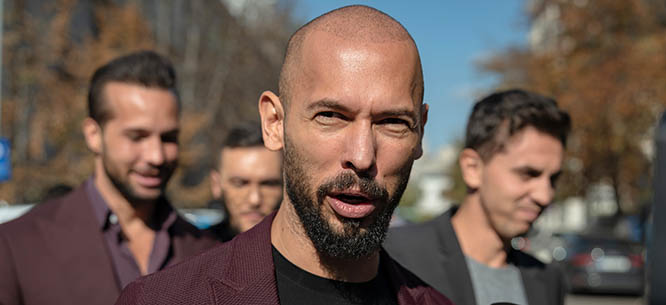
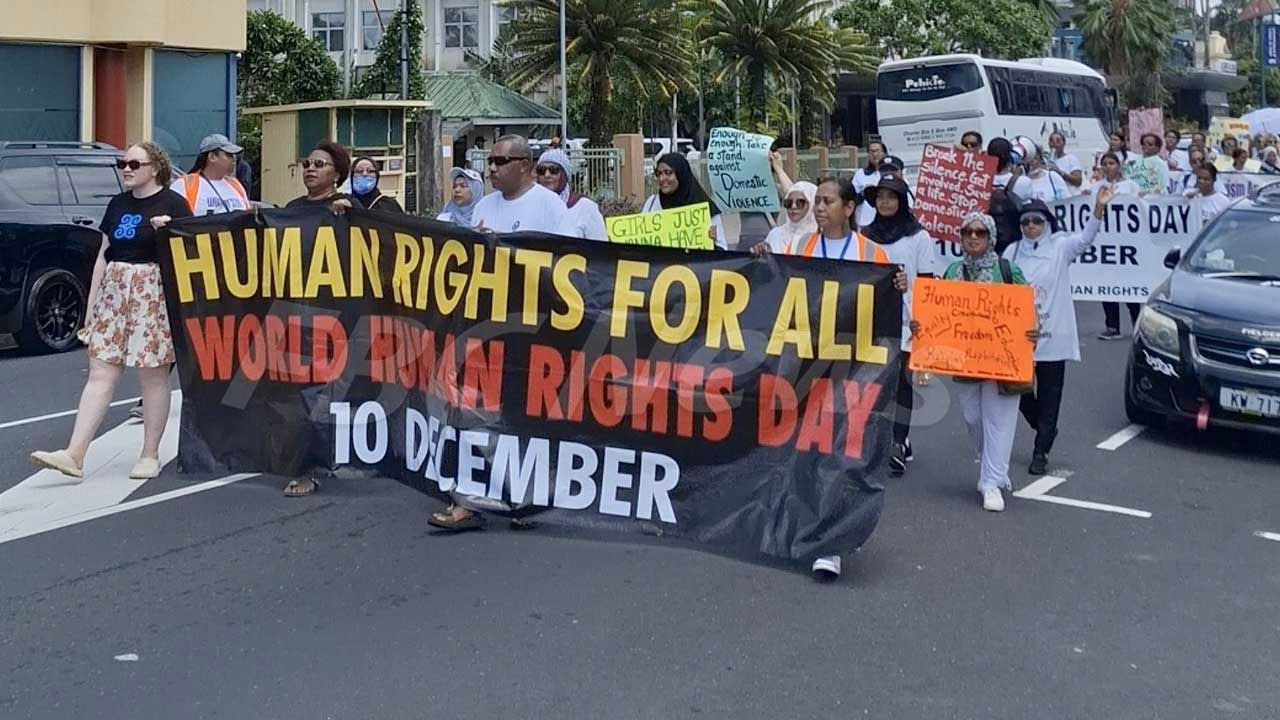
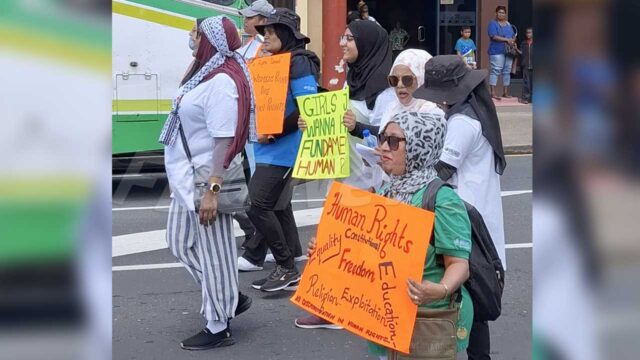
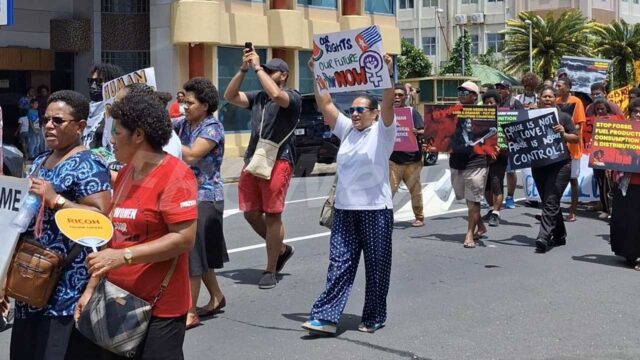
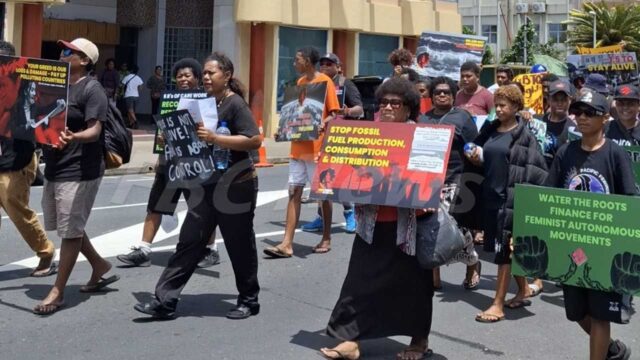
 (@arcuaria)
(@arcuaria)  Backpacker (@RTWBarefoot)
Backpacker (@RTWBarefoot) 

